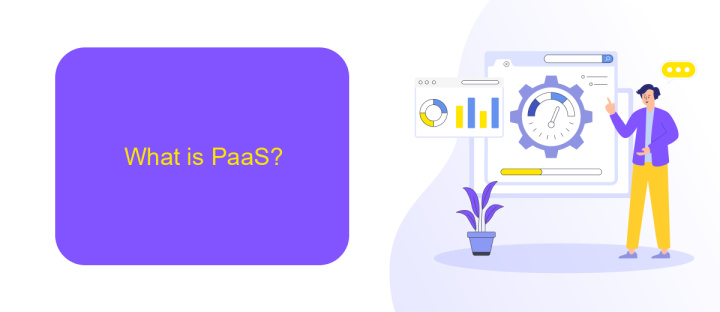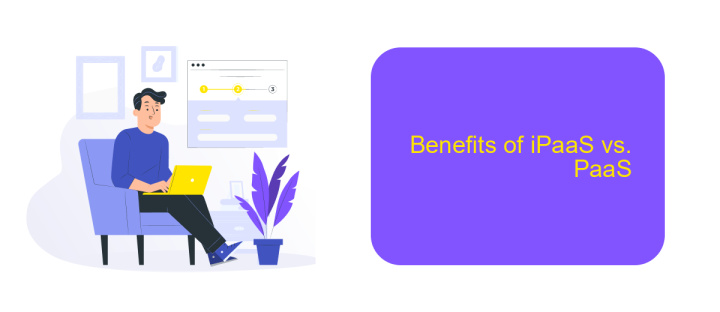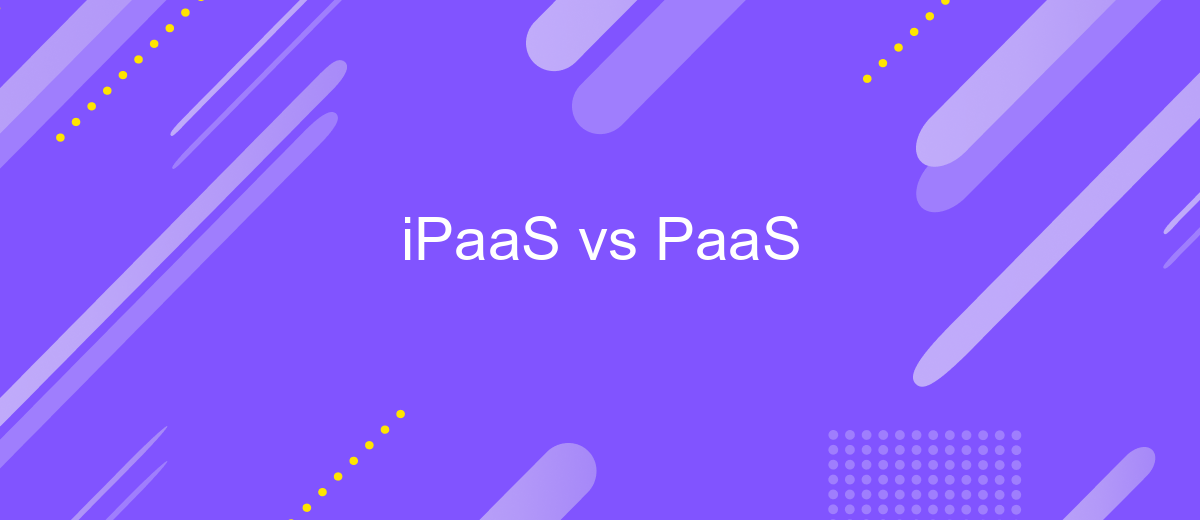iPaaS vs PaaS
In the rapidly evolving landscape of cloud computing, businesses are faced with a multitude of choices for optimizing their IT infrastructure. Two prominent options are Integration Platform as a Service (iPaaS) and Platform as a Service (PaaS). Understanding the key differences and benefits of each can help organizations make informed decisions tailored to their specific needs and goals.
What is iPaaS?
Integration Platform as a Service (iPaaS) is a cloud-based solution designed to connect various applications, data sources, and services across different environments. It enables seamless data flow and process automation, ensuring that disparate systems can work together efficiently. iPaaS solutions are particularly valuable for businesses looking to streamline their operations and reduce manual data handling.
- Automated data integration between applications
- Real-time data synchronization
- Scalability to accommodate growing business needs
- Enhanced data security and compliance
- Flexibility to integrate with various platforms and services
One notable iPaaS provider is ApiX-Drive, which offers a user-friendly interface for setting up integrations without requiring extensive technical knowledge. ApiX-Drive supports numerous applications and services, making it easier for businesses to automate workflows and improve efficiency. By leveraging iPaaS solutions like ApiX-Drive, companies can focus on their core activities while ensuring that their systems are seamlessly integrated.
What is PaaS?

Platform as a Service (PaaS) is a cloud computing model that provides developers with a platform to build, deploy, and manage applications without the complexity of maintaining the underlying infrastructure. This service includes a variety of tools and services such as development frameworks, databases, and middleware, which streamline the application development process. PaaS solutions enable developers to focus on writing code and creating applications, while the service provider handles hardware, operating systems, and network management.
One of the key advantages of PaaS is its capability to support the entire application lifecycle, from development to deployment and maintenance. This makes it an ideal choice for businesses looking to accelerate their development processes and reduce time-to-market. Additionally, PaaS platforms often integrate with other services, such as ApiX-Drive, which facilitates seamless integration between various applications and services, enhancing overall productivity and efficiency. By leveraging PaaS, organizations can innovate faster, scale applications effortlessly, and reduce operational costs.
Key Differences between iPaaS and PaaS

iPaaS (Integration Platform as a Service) and PaaS (Platform as a Service) serve different purposes in the cloud ecosystem, each catering to specific needs. Understanding their key differences is crucial for selecting the right solution for your business.
- Purpose: iPaaS focuses on integrating various applications and data sources, enabling seamless data flow across systems. PaaS, on the other hand, provides a platform for developing, running, and managing applications without dealing with underlying infrastructure.
- Use Case: iPaaS is ideal for businesses needing to connect multiple applications, such as using ApiX-Drive to automate workflows between CRM, email marketing, and other tools. PaaS is best suited for developers building custom applications and services.
- Complexity: iPaaS solutions are generally easier to implement and require less technical expertise, focusing on configuration rather than coding. PaaS demands more technical skills, as it involves application development and infrastructure management.
In summary, iPaaS excels in simplifying integration tasks and automating workflows, making it a go-to choice for businesses looking to enhance connectivity. Conversely, PaaS empowers developers to create and deploy applications efficiently, offering a robust environment for software development.
Benefits of iPaaS vs. PaaS

When comparing iPaaS (Integration Platform as a Service) and PaaS (Platform as a Service), it's essential to understand the unique benefits each offers. iPaaS is designed to facilitate seamless integration between various applications and services, making it ideal for businesses looking to streamline their workflows. On the other hand, PaaS provides a comprehensive environment for developing, testing, and deploying applications, offering developers the tools they need to create robust software solutions.
One of the primary advantages of iPaaS is its ability to connect disparate systems quickly and efficiently. Services like ApiX-Drive enable businesses to automate data flows and integrate multiple applications without extensive coding knowledge. This can significantly reduce the time and effort required to maintain synchronized systems.
- iPaaS simplifies integration between cloud and on-premises applications.
- PaaS offers a scalable environment for application development and deployment.
- iPaaS reduces the need for manual data entry and minimizes errors.
- PaaS provides built-in tools for monitoring and managing applications.
Ultimately, the choice between iPaaS and PaaS depends on your specific needs. If seamless integration and automation are your primary goals, iPaaS solutions like ApiX-Drive are invaluable. Conversely, if you require a robust platform for developing and deploying applications, PaaS is the better option. Both have their unique benefits, and understanding these can help you make an informed decision.
Which is Right for Your Business?
Choosing between iPaaS and PaaS depends on your business requirements. If your priority is to integrate various applications seamlessly, iPaaS is the way to go. It offers a robust solution for connecting disparate systems, enabling smooth data flow and automation. For instance, services like ApiX-Drive can simplify the integration process, allowing businesses to connect multiple applications without extensive coding knowledge.
On the other hand, if your focus is on developing and deploying custom applications, PaaS might be more suitable. It provides a comprehensive environment for building, testing, and deploying applications swiftly. PaaS platforms offer scalability and flexibility, making it easier to manage the entire application lifecycle. Ultimately, your choice should align with your business goals, technical capabilities, and the specific challenges you aim to address.
FAQ
What is the main difference between iPaaS and PaaS?
Can iPaaS be used for automating workflows between different applications?
Is coding knowledge required to use iPaaS solutions?
How does iPaaS handle data security and compliance?
Can iPaaS solutions be used for real-time data integration?
Apix-Drive is a simple and efficient system connector that will help you automate routine tasks and optimize business processes. You can save time and money, direct these resources to more important purposes. Test ApiX-Drive and make sure that this tool will relieve your employees and after 5 minutes of settings your business will start working faster.

